While there has been plenty of original anime that didn’t have any source material, it is common practice to have anime be adapted from existing media works like light novels, games, and, most commonly, manga. Manga is the most ubiquitous source material for a new anime to be adapted from, and there are plenty of reasons why. But just how many chapters does it take to make a single anime episode?
Making a full animation project is no walk in the park. The amount of time and resources needed to translate something from paper to screen are a lot. It’s why you don’t often hear about newer manga being immediately greenlit for an anime adaptation. Usually, it’s the older, more established manga that gets picked up.
One of the reasons for this is that it’s simply more convenient to have a full-bodied story already written down for an art director to animate. The closer it is to its climax, the better. Because then there is no guesswork to be done and you don’t have to blindly estimate how many chapters would be needed to contribute to a full anime season.
But, say you’re an animation studio looking into adapting a new anime. How would you go about choosing what manga would fit best? How would you know how many chapters to pick up, and how accurate to the source material you’d like to be? Do animation studios get to take more liberties when adding content to the anime? Let’s discuss!
Table of Contents
How Do Anime Releases Work?
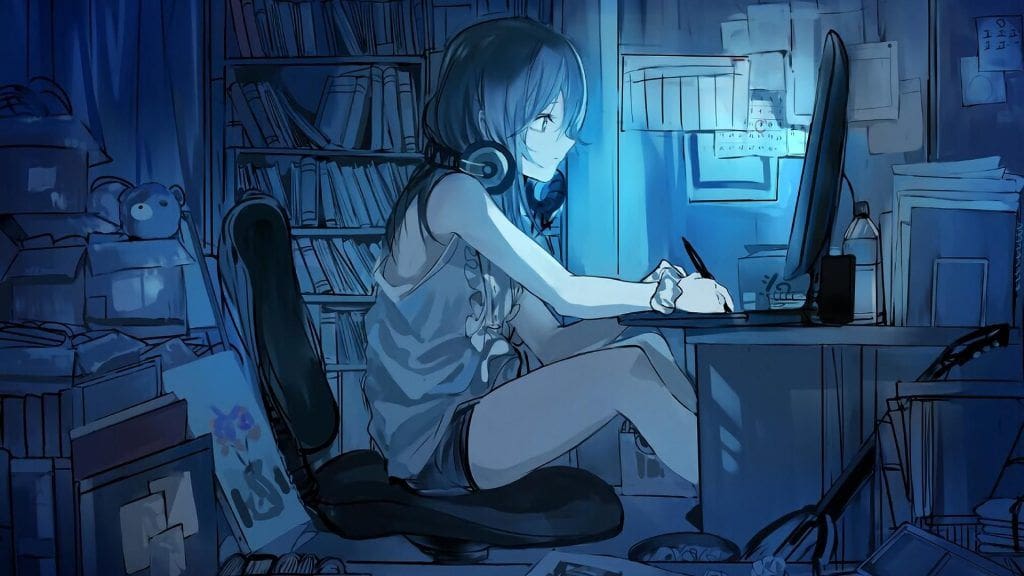
So, the way TV shows are marketed and released in the West is vastly different from how things work in Japan. And this holds especially true for anime.
If you’re a seasoned weeb like us, you’re already aware of how anime is released on a seasonal basis that corresponds with the seasons in a year. So, you have Spring (April – June), Summer (July – September), Autumn (October – December), and Winter (January – March). These divided seasons are known as ‘cours’.
Almost all anime concludes their first run in around one or two cours. Though occasionally, you can find anime that go on for longer, even running for years nonstop. But to have anime that are stretched out for that long, you need a ton of material already lined up to be adapted. So, that type of release model is usually followed by something like a popular Shonen that has chapters out in the hundreds. But generally, the one-two cour model suffices for most anime.
This is why you won’t find a lot of one-shot manga being adapted into anime, or have Shojo anime with multiple seasons. There is just no way you can stretch either of those two while keeping them both substantial and true to their respective source material.
Manga Chapters Spliced Per Anime Episode
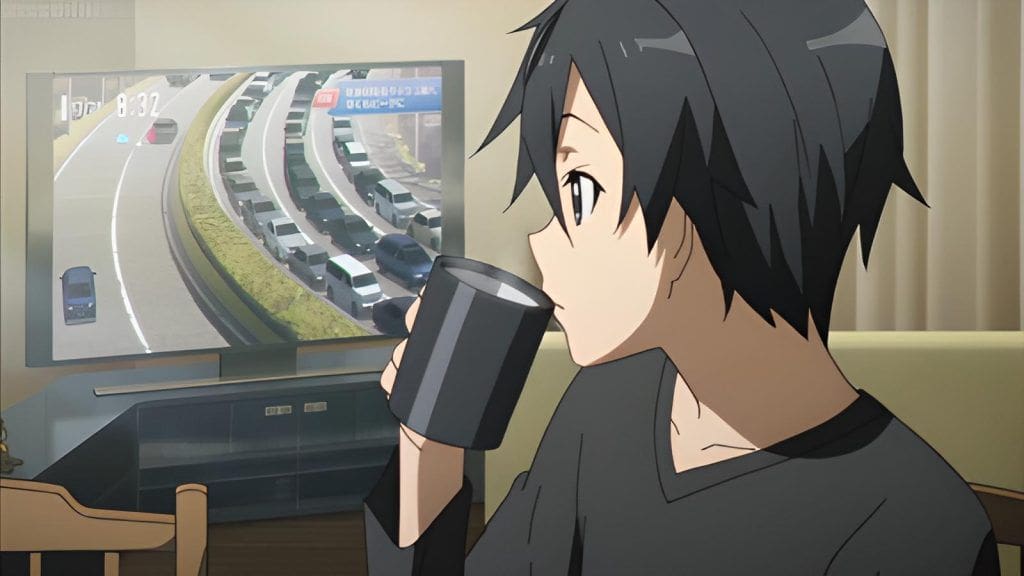
Now, to determine how manga volumes are divided to create one 20+ anime episode, we need to look back at the anime released in the past. And what we realize is that there’s no definitive number of chapters that are needed to make a single episode. It honestly depends on story to story.
For example, remember how I said that long-winded Shonen is best when it comes to creating a multiple-season anime? That’s because you have enough chapters to keep adapting without exhausting the entire story and jumping to a rushed end. For example, when you talk about something like Jujutsu Kaisen, the manga currently has 188 episodes out. And the 24-episode anime series covered around 63 chapters. This means that every episode of Jujutsu Kaisen covers roughly 2.63 chapters per episode.
Though, some anime start out covering multiple chapters per episode but slow down to just 1 chapter per release. An example of this is One Piece, which initially adapted 4 chapters per episode aired but has recently started to do a 1:1 ratio to prolong the time between chapter releases and animation.
Then again, there are also the rare anime that are created in a way to elongate a manga that is still in the process of being released. One of the most famous examples of this sort of anime is Boruto: Naruto Next Generations. Which has its episodes cover only a fraction of a chapter since it does not have a set source material to adapt from. In general, 4 to 5 episodes cover a single chapter for Boruto, adding more material through subplots and fillers. This is how the anime has ended up having 200+ episodes, whereas the manga itself is only 36 chapters in.
The Magic (And Frustration) Of Filler Anime Episodes!
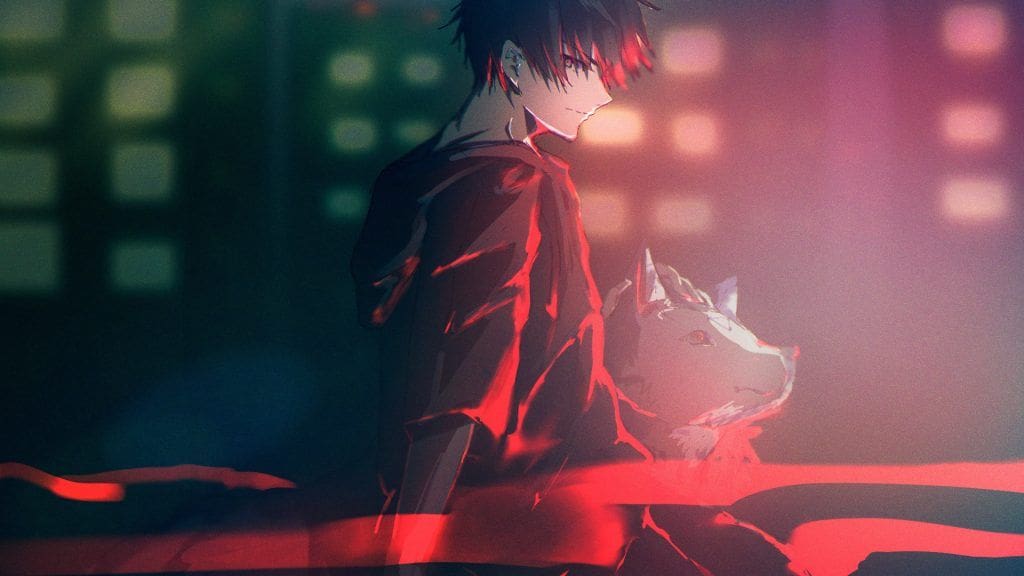
Speaking of filler content, they are a very common tactic used by animation studios when it looks like the anime has started to catch up to the still ongoing manga. This way, they can prolong the story without going on a hiatus and risking a dip in viewership.
Now, filler content was a big deal back in the Weekly Shonen Jump ‘Big 3’ era. This is when the anime for Naruto Shippuden, Bleach, and One Piece would often get direct-to-video filler arcs consisting of multiple stories that weren’t present in the original manga.
The reason this was done was, again, to give the mangaka more time to create chapters without the animation studio having to worry about running out of material to adapt. This meant that both the creator of the manga and the animators had time to pace themselves instead of doing a rushed job.
Often these filler arcs had no concrete consequences on the main storyline itself. They could even be considered non-canon in a lot of cases. They were just a fun way to keep the audience engaged while waiting on more chapters to come out.
But, at times, they do get a little tedious. Therefore, you don’t see much long-running weekly anime anymore. Rather now you have shorter seasons or cours with a set number of episodes and hiatuses instead of producing continuous episodes every week for years, with no breaks.
I hope that answers some questions for the curious anime enthusiasts out there. Creating anime is hardcore so we should always take the time to appreciate all the work that goes into it!

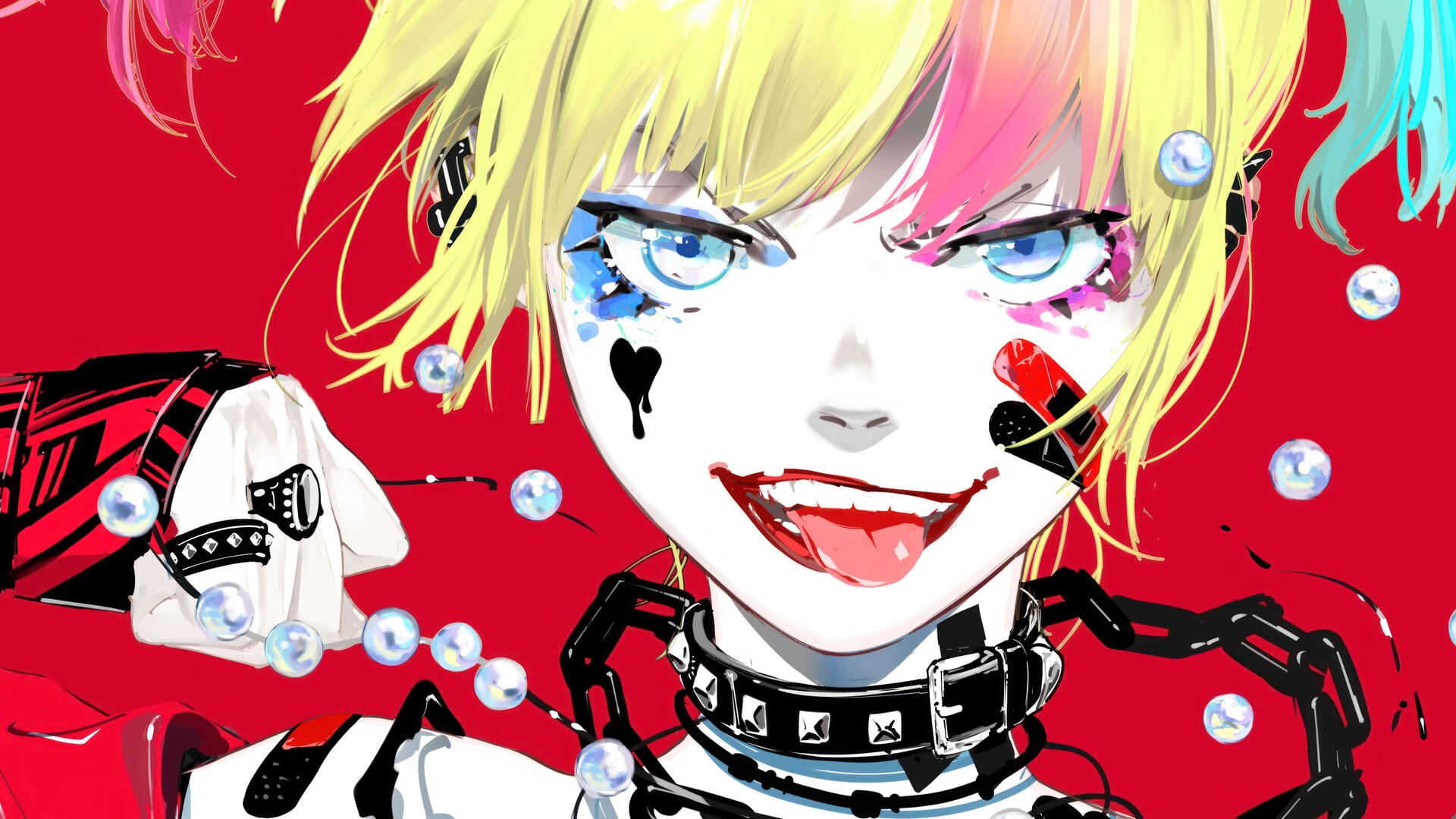














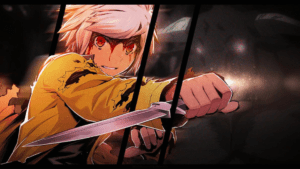
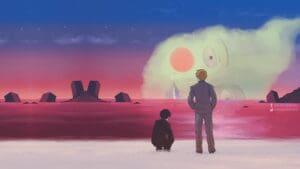
What do you think?
It is nice to know your opinion. Leave a comment.